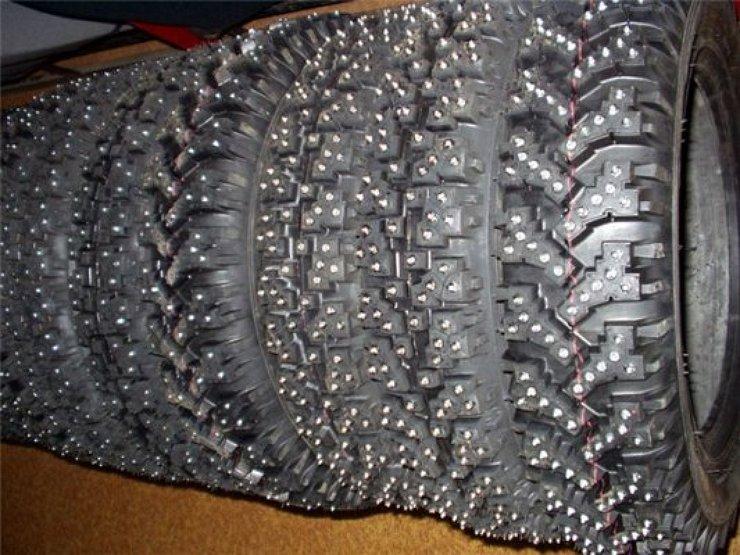
Why winter tires should be already summer
There are different points of view on the characteristics of rubber, the most preferable for a particular season. Most drivers, on the other hand, are lazy to delve into the details and prefer to follow seemingly conventional guidelines, even if they are based on false promises.
It is clear that for winter operation, automobile tires must be “winter”. Yes, but which one? After all, in the cold season, in addition to the temperature factor, the wheel also has to cope with snow, ice and slush on the roadway.
In such conditions, of course, you should focus on a more "toothy" tread. It makes direct sense to use rubber with a higher profile - so as not to give in to a slightly thicker layer of snow on an uncleaned road, for example.
What about wheel width? After all, the behavior of the car on the road and depends on it. In the driver's environment for many years, there has been a stubborn opinion that in winter it is necessary to install narrower wheels on the car. We note right away that tires should be selected based primarily on the recommendations of the automaker: as it is written in the "manual" of your car - put such wheels on.
But almost every domestic car owner is sure that he knows at least an order of magnitude more about the Russian winter than the entire engineering corps of any automaker. And therefore, when choosing rubber, he does not pay attention to official recommendations. So what is the usual explanation for the need to choose a narrower tread for a winter wheel?
The main argument is the following. A narrower wheel has a smaller area of contact with the road surface. For this reason, it creates increased pressure on the coating.

When there is snow or snow porridge under the wheels, it helps the wheel to push through them more efficiently and cling to the asphalt. The source of increased attention to this point lies back in Soviet times, when rear-wheel drive models were the main type of personal transport, and seasonal tires were a scarce commodity.
To ensure satisfactory adhesion of the Soviet “all-season” tightly tanned in the cold with the road, with the relatively low weight of the rear of the “Lada” and “Volga”, car owners had to use all possible means. Including the installation of narrower tires. Now the majority of the car fleet are front-wheel drive cars. Their drive wheels are always sufficiently loaded with the weight of the engine and gearbox.
Modern cars, for the most part, are equipped with a whole bunch of electronic systems that resist wheel slips and car slips - in contrast to the simple “like five kopecks” rear-wheel drive Soviet cars. This alone indicates that the recommendation to equip the car for the winter with narrower tires, to put it mildly, is outdated.
And if you remember that wider tires provide better grip on any surface (including ice and snow) due to a wider contact patch, then narrower tires in winter finally become an anachronism.
